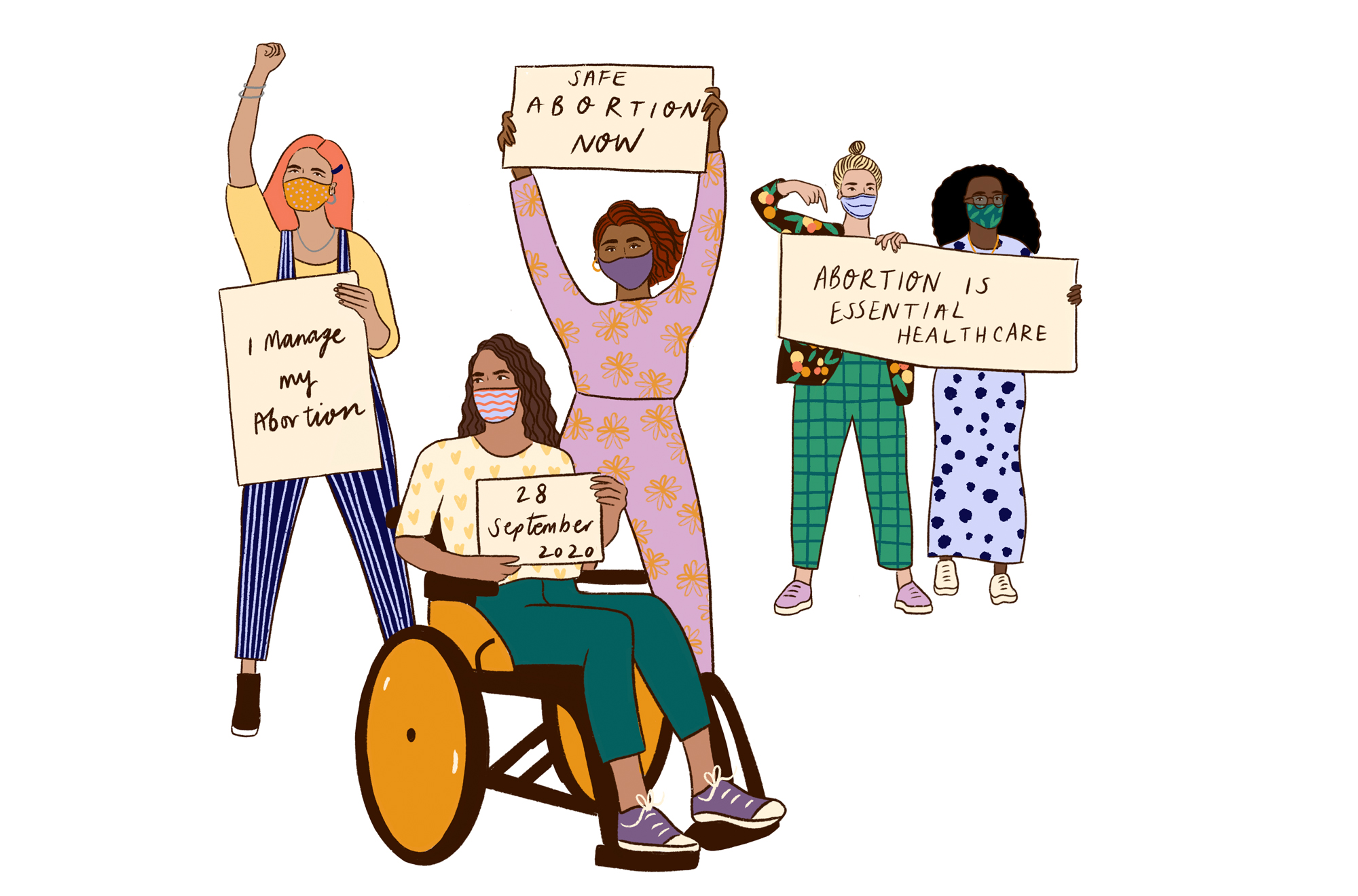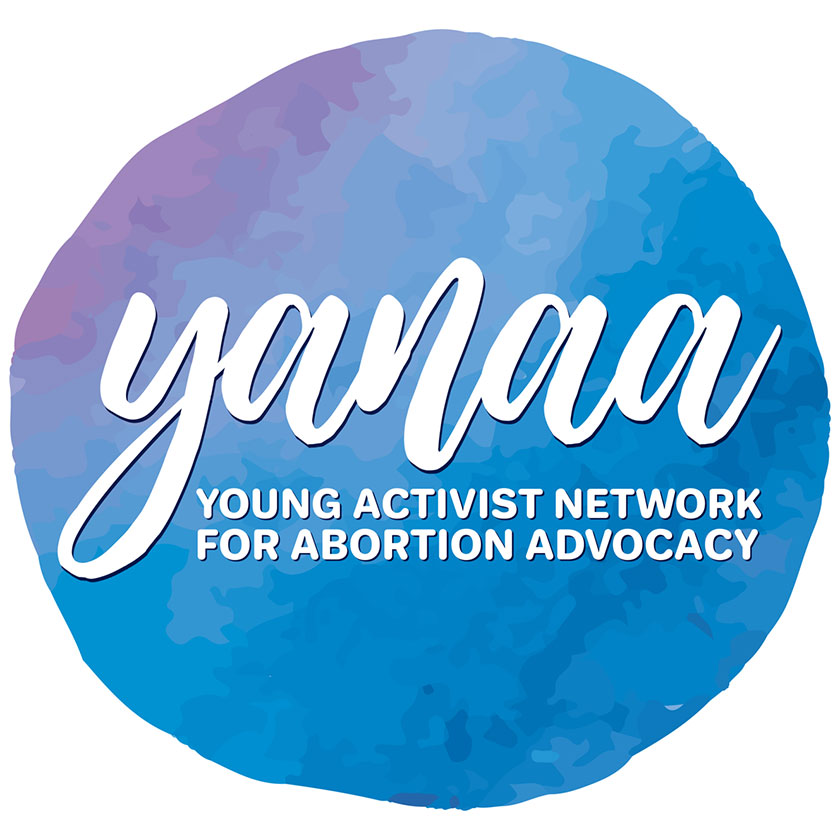Latest News

28 September: International Safe Abortion Day
See a list of activities and themes from 2012-2023. Read more.

ICWRSA News
Send us your abortion-related news, activities and commentary for posting in our newsletter, on the web
and/or social media. Send to: info@safeabortionwomensright.org.

Support the Campaign!
Donations to The Campaign allow us to continue our work advocating for women’s right to safe abortion
internationally. If you would like to make a personal donation, please email us at info@safeabortionwomensright.org.

International Safe Abortion Day
28 September is an annual day of action in support of the right to safe abortion.

Discover YANAA
The Young Network for Abortion Advocacy
YANAA, the Young Activist Network for Abortion Advocacy, is an international network by and for young people that focuses on activism and advocacy in relation to safe abortion.
More from us

Join the campaign
Whether you are a group campaigning for abortion rights or an individual interested in learning more, join us and expand the global network of safe abortion advocates!
















